Having trouble reading this email? View it in your browser
| |
July 2022 | |
News from the 2022 International Liver Congress
This month's infohep bulletin highlights the key news from the 2022 International Liver Congress, the annual meeting of the European Association for the Study of the Liver (EASL), which took place from 22 to 26 June in London. People cured of hepatitis C remain at higher risk of death due to liver- and drug-related causesPeople who have been cured of hepatitis C remain at higher risk of dying from liver-related causes than the general population, but their risk of cardiovascular events goes down after being cured, large studies in the United Kingdom, Canada and France have concluded. The study carried out in the United Kingdom and Canada also found that compared to the rest of the population, people cured of hepatitis C remain at higher risk of dying from drug-related causes such as overdose. The findings were presented at the 2022 International Liver Congress. The studies highlight the need for continued monitoring and services for people after they have been cured of hepatitis C. Presenting the results of the UK and Canada study, Dr Victoria Hamill of Glasgow Caledonian University said the findings demonstrated the need for a range of post-cure interventions including harm reduction services for people who use drugs, overdose prevention and ongoing monitoring of liver health. The French study found that although the risk of major cardiovascular events goes down after cure, direct-acting antiviral treatment was associated with an increased risk of being diagnosed with an arrhythmia or conduction disorder, especially in the first year after treatment. The risk of arrhythmia or conduction disorder was associated with exposure to sofosbuvir. Dr Laurent Lam of Paris’s Sorbonne University said that long-term cardiac monitoring of people cured of hepatitis C may be warranted, especially those exposed to sofosbuvir. Related linksWHO publishes updated guidance on hepatitis C infection
Updated World Health Organization (WHO) guidance on hepatitis C infection was released during a joint WHO-EASL-Centers for Disease Control and Prevention symposium at the conference, with new recommendations on treatment of adolescents and children, simplified service delivery and diagnostics. These guidelines recommend a radical simplification of the care pathway to overcome barriers in access to hepatitis C virus (HCV) testing and treatment. The 3 key new recommendations include:
Related linksBulevirtide leads to sustained improvement for people with hepatitis D
Professor Heiner Wedemeyer of Hannover Medical School speaking at an International Liver Congress press conference. Photo © Steve Forrest & Andrew McConnell / EASL. The entry inhibitor bulevirtide (Hepcludex) led to a reduction in hepatitis delta virus (HDV) viral load, lower liver enzyme levels and improvement in fibrosis after 48 weeks of follow-up, according to findings presented at the conference. Another study of real-world bulevirtide use in France also showed virological and biochemical improvement. “[Hepatitis D] is definitely the most severe form of chronic viral hepatitis. These patients have a really high risk for developing liver cirrhosis at an early age and also an increased risk for liver cancer. Until recently…the majority of patients could not be treated at all,” presenter Professor Heiner Wedemeyer of Hannover Medical School in Germany said during a conference press briefing. “The good message for our patients is that…the drug works. For us in the hepatitis D field, it’s a really exciting time and it’s game-changing for patients.” Wedemeyer presented the latest results from the phase III MYR301 trial, which enrolled 150 adults with chronic hepatitis B and D in Europe and Russia. Data presented at this year’s meeting show that responses improved with further treatment. At 48 weeks, 71% in the 2mg bulevirtide arm and 76% in the 10mg arm met the virological endpoint, including 12% and 20%, respectively, with undetectable HDV viral load. More than half (51% and 56%, respectively) achieved normal ALT levels. Experimental hepatitis B combination suppresses key marker but fails to achieve functional cure
Dr Kosh Agarwal discusses results of the REEF-2 study at the conference. Photo © Steve Forrest & Andrew McConnell / EASL. People with hepatitis B who received a combination of experimental drugs as well as their standard treatment for 48 weeks were significantly less likely to have high levels of hepatitis B surface antigen (HBsAg) or hepatitis B flares after discontinuing treatment in a clinical trial compared to people who received standard treatment alone, Dr Kosh Agarwal of London’s Kings College Hospital reported at the conference. But the study failed to show that the experimental combination could clear hepatitis B surface antigen in a substantial proportion of participants, the primary outcome of the study. The study also reported that one patient, a middle-aged man who had been taking tenofovir for eight years, suffered such an extreme flare-up of hepatitis B after stopping treatment that he needed a liver transplant. The serious adverse event highlights the potential risks involved in studies of experimental hepatitis B treatments that require people with apparently well-controlled virus to stop treatment. Related linksBepirovirsen suppresses hepatitis B surface antigen, moves forward to larger functional cure studiesBepirovirsen, an experimental drug with a novel mode of action, suppressed hepatitis B surface antigen below the limits of detection in approximately 30% of patients after 24 weeks of treatment and is ready to move to larger studies as part of a strategy to develop a cure for hepatitis B, the conference heard. Bepirovirsen (GSK-3228836) is an antisense oligonucleotide, a chain of nucleic acid designed to cut hepatitis B RNA, preventing the transcription of viral proteins. It is being developed by GSK and Ionis. Professor Man-Fung Yuen of the Queen Mary Hospital, University of Hong Kong presented 24-week interim results of the phase 2b B-CLEAR study, in which two groups of people with hepatitis B – people already taking tenofovir or entecavir and people with no previous treatment experienced – were randomised to receive various doses of bepirovirsen. HBsAg suppression occurred more frequently in the study arm with the greatest exposure to bepirovirsen. HBsAg suppression was more likely to occur in those with lower baseline HBsAg levels and more research is needed to investigate whether the proportion of people who can achieve HBsAg suppression can be improved by different drug combinations or treatment durations, or whether immunotherapeutic strategies are needed alongside antiviral drugs to achieve the goal of a functional cure. Related linksShort-course treatment prevents hepatitis C after organ transplant
Dr Bashar Aqel of the Mayo Institute of Medicine speaking at the conference. Photo © Steve Forrest & Andrew McConnell / EASL A seven-day course of direct-acting antiviral treatment started hours before an organ transplant prevented hepatitis C infection in everyone who received a transplant from a donor with hepatitis C, researchers from the Mayo Clinic reported at the conference. The findings have the potential to increase the number of people who can receive organ transplants as well as reduce waiting times, the researchers said. Recipients of an organ from a donor with hepatitis C can receive direct-acting antiviral treatment after transplantation to cure the inevitable infection with hepatitis C. This treatment is highly effective, but it would be preferable if transplant recipients didn’t become infected at all. To test whether direct-acting antiviral drugs could prevent hepatitis C infection from a donated organ, and whether a shortened regimen initiated immediately before transplantation was effective, Dr Aqel and colleagues recruited 38 people who were in need of solid-organ transplants and had agreed to receive HCV-positive organs. All participants completed the pre-emptive treatment regimen successfully and none became infected with hepatitis C despite early detection of HCV RNA between days 1 and 14 in most participants. The shortened regimen saved $36,000 compared to 12 weeks of post-transplant treatment, said Dr Aqel, and the study findings confirmed that the shortened regimen is safe and highly effective. Related linksRe-treatment of hepatitis C is highly effective after the first combination failsTwo combinations proved highly effective in curing hepatitis C in people who had experienced the failure of a previous combination containing an NS5A inhibitor, studies in Europe and New Zealand show. The findings, presented at the conference, provide reassurance that the vast majority of people with hepatitis C who experience the failure of their first treatment combination can be cured with a follow-up course of treatment, without the need for adding the potentially toxic drug ribavirin. The three-drug combination voxilaprevir/velpatasvir/sofosbuvir (Vosevi) was tested in 427 people who had experienced the failure of at least one previous regimen. Ninety-four per cent were cured of hepatitis C after a 12-week course of treatment. Four per cent received ribavirin too. Treatment failure occurred more frequently in people with genotype 3 infection and those with hepatocellular carcinoma but the effectiveness of treatment was not affected by baseline hepatitis C RNA level, previous direct-acting antiviral (DAA) regimen or the presence of cirrhosis. The presence of resistance mutations did not compromise the effectiveness of treatment. Another study, carried out in New Zealand, looked at responses to re-treatment with glecaprevir and pibrentasvir (Maviret) and generic sofosbuvir for 16 weeks in people whose first regimen had failed and who had NS5A resistance mutations. The study recruited 66 participants. Fifty-one had completed treatment by the time of the conference and had post-treatment HCV RNA results available. Fifty of 51 had been cured (98%). Dr Edward Gane said that the biggest challenge to curing people who had experienced first-line failure was social factors and non-adherence, not drug resistance. “The most common reason for DAA treatment failure now is non-virologic,” he concluded. Rather than worrying about drug resistance, or whether to add ribavirin, adherence and loss to follow-up were the problems that need to be addressed. He said the study findings emphasised the need for wrap-around support for people undergoing hepatitis C treatment, including psychosocial interventions, daily dispensing for people who are using drugs or receiving opioid substitution therapy and outreach teams who can deliver medication and follow-up people in the community. Related linksIs this your copy of the infohep news bulletin?
Is this your copy of the infohep news bulletin, or did you receive it from a friend or colleague, or find it online? You can sign up to receive this monthly email bulletin, free of charge, on our website, where you can also find an archive of all the infohep news bulletins. | |
 Latest treatment news and information for patient advocates and people working in hepatitis in Europe. For more details, please contact: To unsubscribe please click here Privacy Policy |


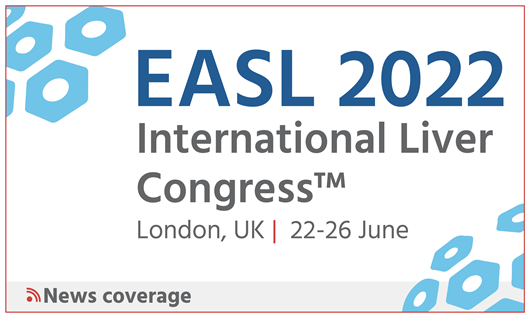
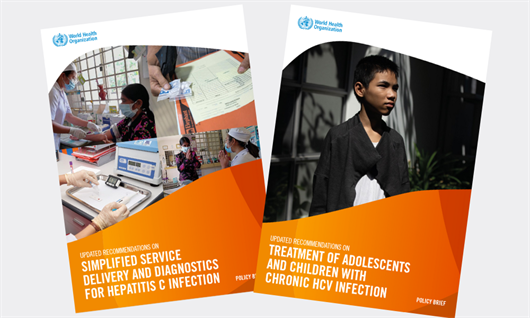
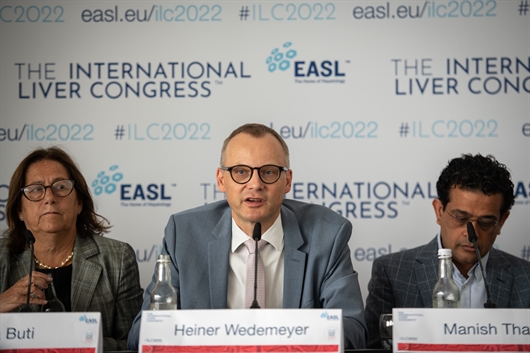
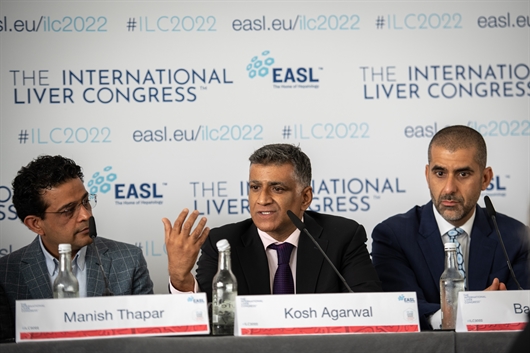
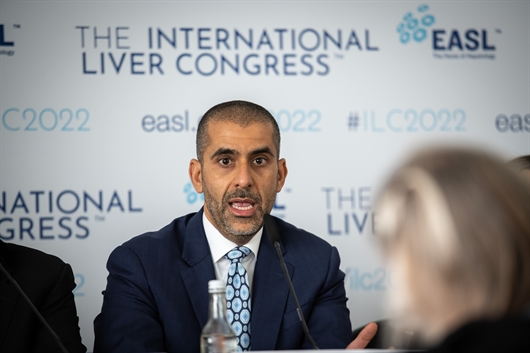
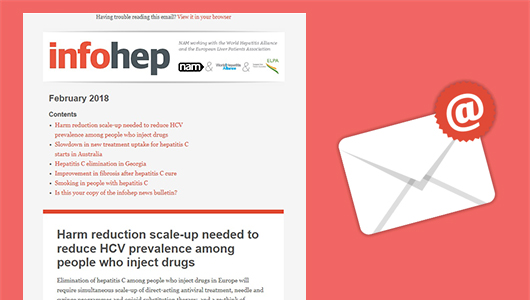
Connect with infohep on Facebook: Keep up to date with all the latest news and developments.
Follow infohep on Twitter for links to news stories and updates from infohep.org. Follow us at www.twitter.com/infohep.
Follow all the infohep news by subscribing to our RSS feeds.